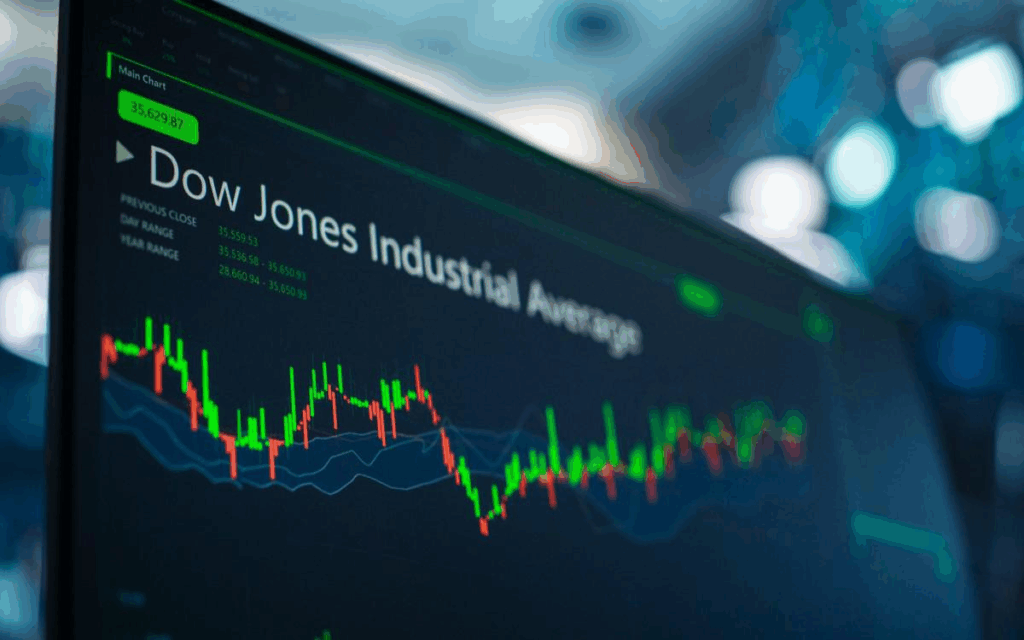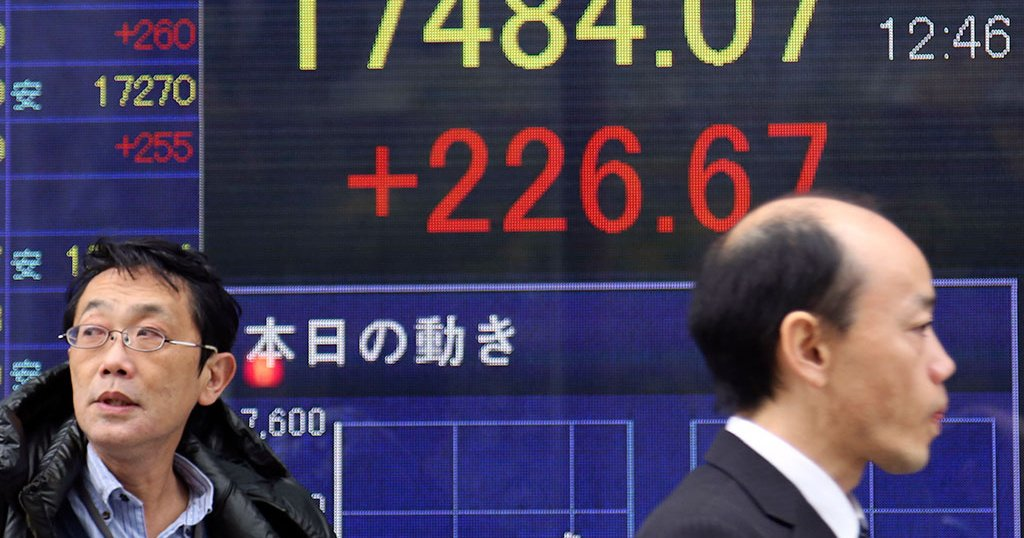📊 Nasdaq hits record high, Asian markets rise, oil prices climb — investors look to the Fed for signals
Yesterday’s U.S. trading session ended with solid gains across the main indexes.
- Dow Jones gained +0.3%
- S&P 500 added +0.2%
- Nasdaq advanced +0.5% to an all-time high of 21,798 points

What drove the rally?
The key factor was a decline in the 10-year U.S. Treasury yield to 4.04%. This suggests that investors are reducing exposure to bonds and shifting into equities, where they expect stronger returns.
Market expectations for imminent monetary easing are also building. According to CME FedWatch, there is a 70% chance that the Federal Reserve will cut rates as early as next week. By year-end, the benchmark rate is expected to fall into the 3.5–3.75% range.

Key macroeconomic events this week
- Wednesday: Producer Price Index (PPI) data, forecast +0.3% MoM and +3.3% YoY.
- Thursday: Consumer Price Index (CPI) release, forecast +0.3% MoM and annual inflation slowing to 2.9%, still above the Fed’s 2% target.
These reports will be critical in shaping monetary policy expectations: weaker inflation would give the Fed room for aggressive rate cuts, while stronger-than-expected data may force a more cautious stance.
🌍 Asian markets
Positive sentiment extended to Asia.
- Japan’s Nikkei set a fresh record at 44,185 points. Interestingly, the rally came amid political instability: Prime Minister Ishiba’s resignation fueled expectations of looser economic policy, boosting stocks.

- Hong Kong rose +1.5%, South Korea +1.1%, led by chipmakers Samsung and SK Hynix.
- China and Australia underperformed, weighed down by banking and financial shares.
Commodities and gold
- WTI crude oil gained +1% to $62.38 per barrel, supported by OPEC+’s decision to raise output by only 137,000 barrels per day.

- Gold climbed to $3,676 per ounce, as investors sought a hedge in case the Fed missteps or inflation proves stronger than expected.
Stocks in focus
- Amazon (AMZN) broke through $236.5 and is targeting its record high of $242.5.
- Micron (MU) held above $128.6, reinforcing buy signals.
- Verizon lagged after the $17 billion EchoStar–SpaceX deal raised competitive pressures in telecoms.

Historical context
- In 2019, the Fed cut rates three times in response to slowing global growth and U.S.-China trade tensions, fueling a strong stock rally.
- In 2008, aggressive rate cuts could not prevent a market crash amid systemic risks.
Today’s situation is closer to 2019: the U.S. economy is slowing, but not in crisis. - English translation:
Today’s situation is closer to 2019 than to 2008: the U.S. economy is showing a slowdown, but it is not in crisis. Employment remains high, and corporate profits are resilient.

However, the difference in the current cycle is that inflation is still above the Fed’s target level. If CPI and PPI data point to a renewed acceleration in prices, the Fed will face a difficult dilemma: to support the market and the economy by cutting rates, or to contain inflation by maintaining a tight stance.
What does it mean for investors?
Markets are driven by tech sector strength and Fed easing expectations, but inflation data later this week will be decisive.
💡 Key question
If inflation exceeds forecasts (above 3%), will the Fed still commit to three rate cuts by the end of 2025, or take a more cautious path?
All content provided on this website (https://wildinwest.com/) -including attachments, links, or referenced materials — is for informative and entertainment purposes only and should not be considered as financial advice. Third-party materials remain the property of their respective owners.


